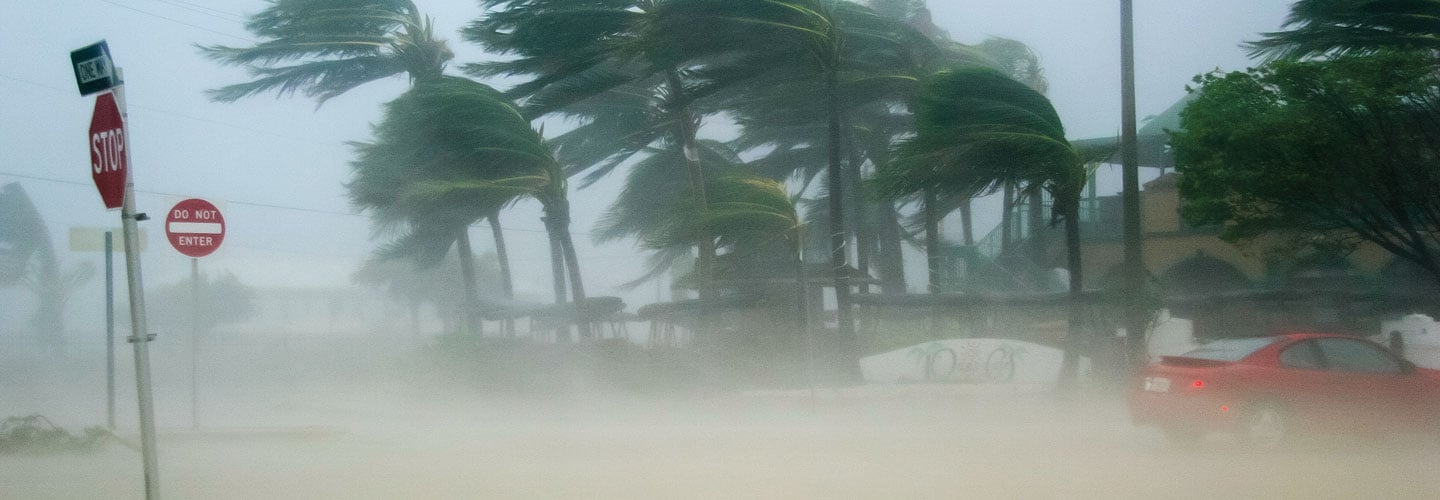Over the warm waters of the North Atlantic Ocean, a storm is brewing. Huge clouds swirl like a spinning top, growing bigger and more powerful by the minute. Winds blow faster and faster until they reach 74 miles per hour—as fast as a speeding car! A hurricane is born.
Hurricanes cause some of the most extreme weather on Earth. If they roar onto land, they can wreak havoc for hundreds of miles: They flood coastlines, knock down trees and power lines, and rip buildings apart. Knowing how many hurricanes are coming and where they will strike is crucial for people living in areas frequently hit by these massive storms.
A storm is brewing over the Atlantic Ocean’s warm waters. Huge clouds swirl like a spinning top. The winds blow faster and faster until they reach 74 miles per hour. That’s as fast as a speeding car! Once the winds hit that speed, a hurricane is born.
Hurricanes cause some of the most extreme weather on Earth. If they reach land, they can cause damage for hundreds of miles. They flood coastlines, knock down trees and power lines, and rip buildings apart. It’s important for people to know how many hurricanes are coming and where they will strike.

